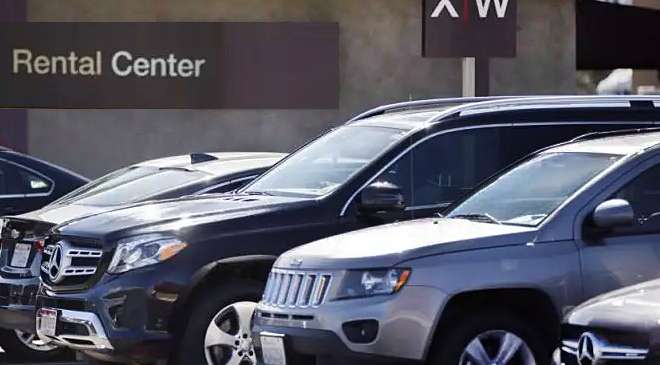It can a challenging and daunting experience to drive in Dubai. So, you should understand a few points before deciding to rent a car or taking public transport. Dubai is home to around 180 different nationalities, all of whom come with their own driving abilities and habits. Travelers from Western countries may find the roads confusing and chaotic, while most from Asian nations or Arab states may find the driving organized. With some experience behind the wheel in Dubai or Middle East countries, coupled with basic knowledge of local driving rules, drivers should soon feel easy and comfortable taking the roads.
Basically, you must have a residency visa in order to acquire a local driving license. Many people arrive in Dubai on a visit visa and therefore will rent a vehicle for the first month or so until their residency visa has been approved. In order to rent a car you will need an International Driving Permit and a driving license from your home country. There are many notable car rental agencies exist in Dubai including Avis, Hertz and Thrifty Car, and other major international car rentals. Alternatively, you may want to get a Temporary Driving License if you wish to drive a private car. A temporary license is valid for six months and can be obtain from the Dubai Traffic Police Station.
If you are intending to stay in Dubai, you must get a local driving license once you have Dubai residency – you can no longer use a temporary or international permit. However, if you are from certain countries, including those from many European countries, US, UK, Australia, New Zealand, Japan, South Africa, and South Korea can get a local license easily by doing some paperwork. Others will need to take driving lessons which are available at licensed centers including Belhasa Driving Center, Emirates Driving Institute, Galadari Motor Driving Center, and all registered and certified driving schools. The driving school can arrange an appointment for your driving test with the Dubai Traffic Department.
Once you have rent a car successfully, understanding the local rules of the road is essential to having a positive experience. It is necessary to drive defensively and be cautious behind the wheel. Cars in Dubai are left-hand drive, with traffic on the right. Slower drivers should stick to the furthest right lane. If you travel in the left-most lane at a slower speed, the vehicles behind you will probably flash their high beams and honk their car horns continuously.
It is very common for drivers to change lanes suddenly without signaling, to slowly coast through stop signs instead of coming to a full stop, and to honk their horns impatiently when the light turns green at a traffic light. Pedestrians are often darting across the street and need to be watched for. Recently an automated toll system (known as Salik) was installed on selected major roadways in order to try and reduce traffic congestion.
Lastly, I would recommend you to drive to the furthest lane on the right side and drive slowly until you are familiar with the locals’ road habits before driving at your usual pace.
